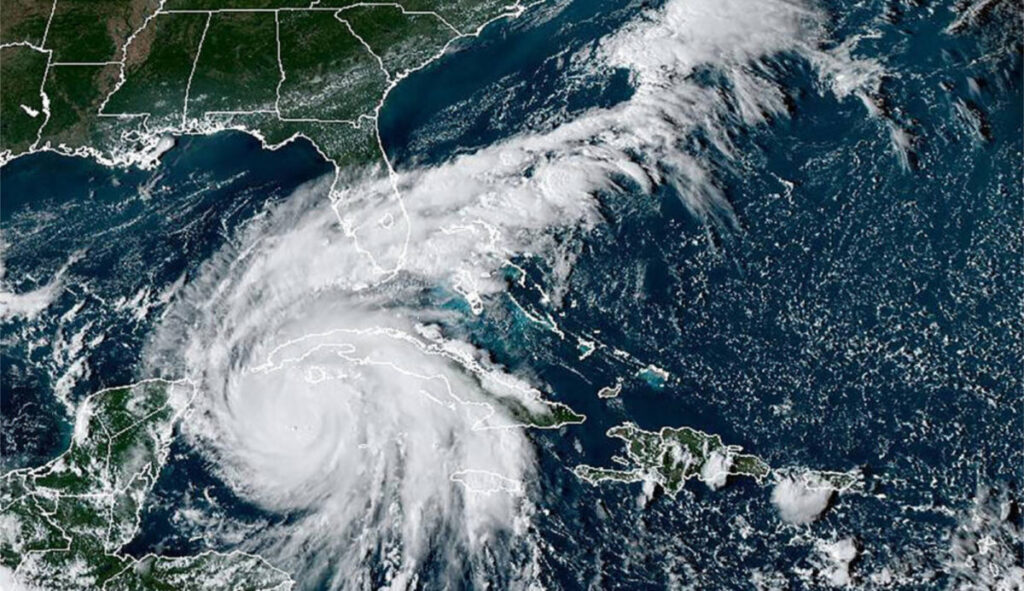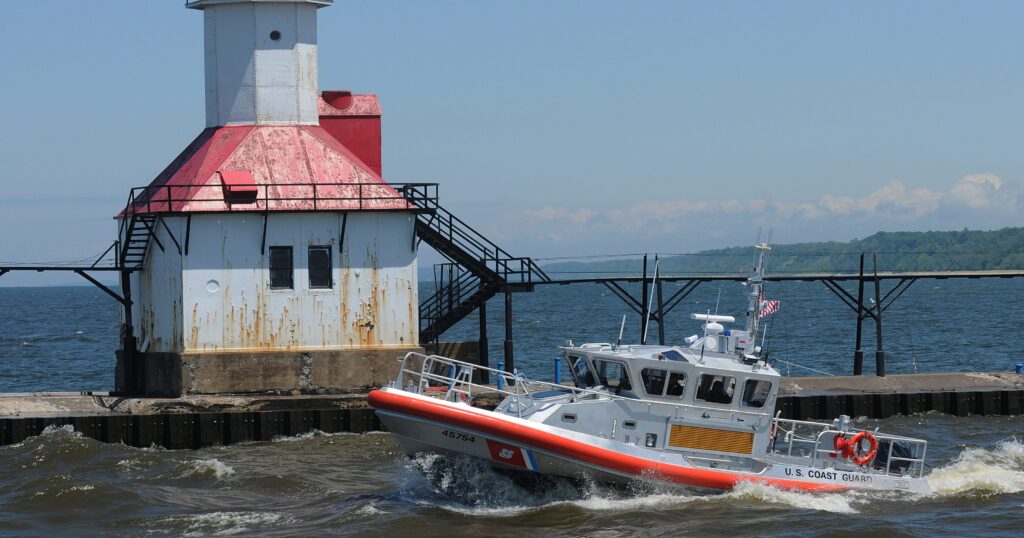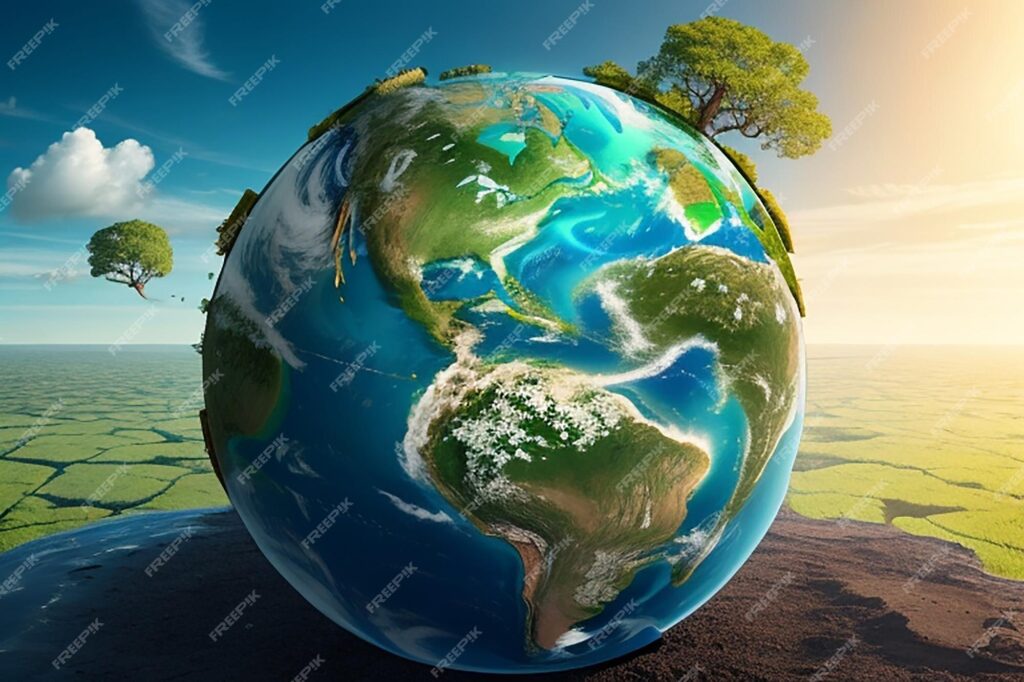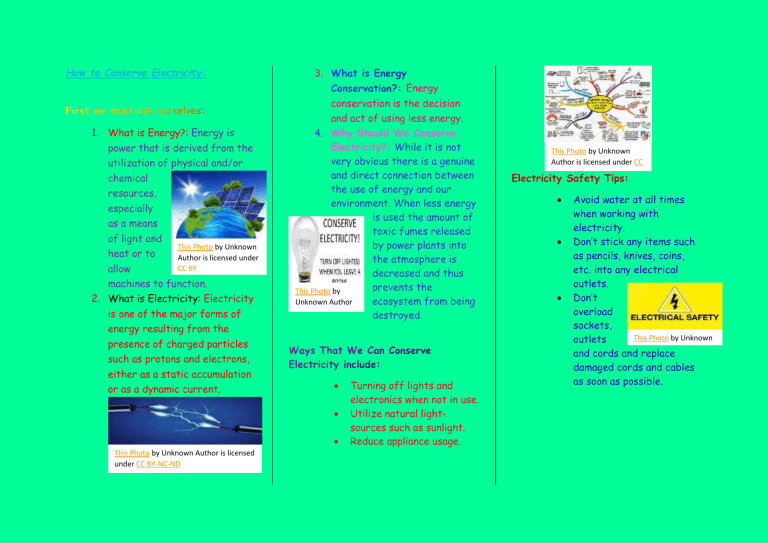Rising sea levels are one of the most significant indicators of climate change and pose a profound threat to coastal ecosystems and human populations. One of the critical interactions researchers are now focusing on is how these increases in ocean levels influence hurricane behavior and intensity. Understanding this relationship is essential in comprehending the future landscape of extreme weather events and their cascading impacts on society.
As sea levels rise, the interplay between warmer ocean waters and atmospheric phenomena undergoes substantial changes, which in turn affects the formation and intensification of hurricanes. The subsequent exploration of this topic reveals critical insights into the mechanics of storm systems, the ramifications for coastal areas, and broader implications for global weather patterns.
Understanding the Dynamics of Ocean-level Increases
To grasp how rising sea levels affect hurricanes, one must first comprehend the mechanics of both phenomena. Sea level rise primarily results from two processes: the thermal expansion of seawater as it warms and the melting of glaciers and polar ice caps. Together, these factors contribute to an increase in the volume of seawater in the oceans.
These alterations in ocean conditions lead to the warming of upper water layers, creating a conducive environment for hurricane formation. Warm ocean waters serve as the primary energy source for hurricanes. When sea surface temperatures exceed approximately 26 degrees Celsius (79 degrees Fahrenheit), they provide the necessary heat for tropical cyclones to develop and intensify.
The warmer ocean waters not only facilitate storm initiation but also tend to produce more powerful hurricanes with increased wind speeds. As ambient temperatures continue to rise globally, the potential for hurricanes to reach higher categories on the Saffir-Simpson scale becomes more pronounced. This relationship highlights the compelling notion: warmer seas foster more destructive storms.
Analyzing the Catastrophic Impacts of Intensified Storms
As hurricanes become more intense due to rising sea levels and warmer ocean waters, the devastation they wreak on coastal communities intensifies. The frequency and severity of hurricanes determine how much damage they inflict upon infrastructure and ecosystems, leading to loss of life, displacement of populations, and significant economic consequences.
Furthermore, the increase in storm surge—often exacerbated by rising sea levels—extends the impact of hurricanes beyond their immediate wind damage. Storm surges occur when the rise in sea level from a storm pushes ocean water inland, inundating coastal areas and leading to erosion, habitat destruction, and increased salinity in freshwater systems.
The concatenation of rising sea levels and intensified hurricanes has profound implications for various coastal regions. Places like Florida, Louisiana, and the Caribbean are particularly vulnerable, given their low-lying geography and proximity to the ocean. With a rising trajectory of destruction, communities face challenges ranging from rebuilding after storms to adapting their infrastructure for future resilience.
Socioeconomic Ramifications of Storm-Related Disasters
Beyond immediate physical damage, the socio-economic ramifications of intensifying hurricanes pose long-term challenges for affected areas. The costs associated with disaster recovery can burden local and national economies, often diverting resources from other essential services and infrastructure improvements.
Moreover, the psychological toll on populations affected by recurrent severe storms leads to mental health crises, contributing to community instability. Displacement, loss of homes, and the disruption of livelihoods can foster social discord and strain relationships within communities. Multi-generational impacts and loss of cultural heritage are also critical to consider as families may be forced to relocate permanently.
Mitigation Strategies: A Path Forward
As understanding of the relationship between rising sea levels and hurricanes deepens, so too does the urgency for mitigation strategies. Governments, communities, and individuals must collaborate to enhance resilience against impending storms. This entails investing in climate change adaptation measures, such as elevating buildings, restoring coastal wetlands, and creating robust evacuation plans.
Additionally, there is a pressing need to tackle climate change at the root. Reducing greenhouse gas emissions will play a fundamental role in slowing sea level rise and, consequently, hurricane intensity. Shift towards renewable energy sources, enforcing stricter emissions regulations, and fostering sustainable practices within industries are all pivotal strategies.
International cooperation is equally paramount. Climate change respects no borders; therefore, a unified approach can ensure that knowledge, technology, and resources are shared among nations. Global agreements that focus on maintaining ecological balance and sustaining our planet are essential in the fight against climate change and its attendant consequences.
In conclusion, the relationship between rising sea levels and hurricane intensity illustrates a complex web of environmental and societal challenges. As warming oceans fuel more destructive storms and associated impacts grow increasingly dire, it becomes imperative for all stakeholders to engage actively in climate action and adaptation strategies. Addressing climate change is not merely an environmental obligation; it is a necessity for safeguarding humanity’s future in a tumultuous world.



